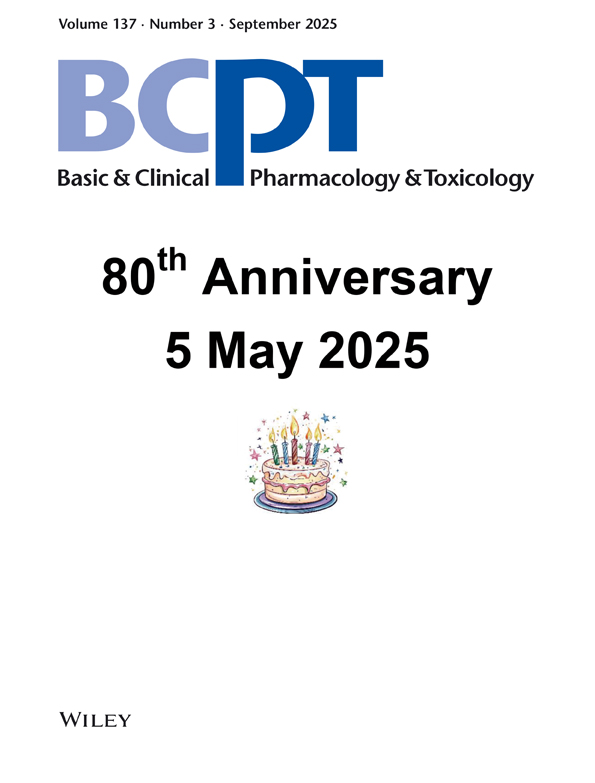The Influence of Amphotericin B and Neomycin on the Effect of Human Relaxin-2 on Foetal Membranes and Isolated Myometrium
Abstract
Abstract: In vitro studies have documented effects of relaxin on utero-placental tissues. Previously unpublished experiments indicate that neomycin and amphotericin B in vitro influences the effect of human relaxin-2 on the strength of human foetal membranes. The aim of the current study was to investigate the interaction between neomycin and amphotericin B and human relaxin-2 using human foetal membranes, human myometrium and rat myometrium. Chloramphenicol, erythromycin and penicillin were also examined. Human foetal membranes were stretched until rupture in a materials-testing machine while the contractility of rat and human myometrium were examined by myography. Human relaxin-2 (hrlx-2, 10−9 M) induced a decreased strength in human foetal membranes, although this effect of hrlx-2 was inhibited after co-incubation with neomycin and amphotericin B. Hrlx-2 (10−9 M) in combination with chloramphenicol induced a decreased strength of human foetal membranes. Hrlx-2 (10−9 M) decreased myometrial contractility on amplitude and frequency in the rat myometrium, but had no effect on baseline tension. After exposure to amphotericin B, hrlx-2 induced a more pronounced decrease in amplitude, increased baseline tension and increased the frequency of contractions of the rat myometrium. Hrlx-2 (10−9 M) had no effect on the human myometrium. However, after exposure to amphotericin B or neomycin+amphotericin B, hrlx-2 induced an increase in baseline tension and a decrease in amplitude. Amphotericin B and neomycin+amphotericin B increased the frequency of contractions and this effect was further enhanced by the addition of hrlx-2. We therefore conclude that amphotericin B and neomycin + amphotericin B may have an influence on relaxin's effect on isolated foetal membranes and myometrium.




